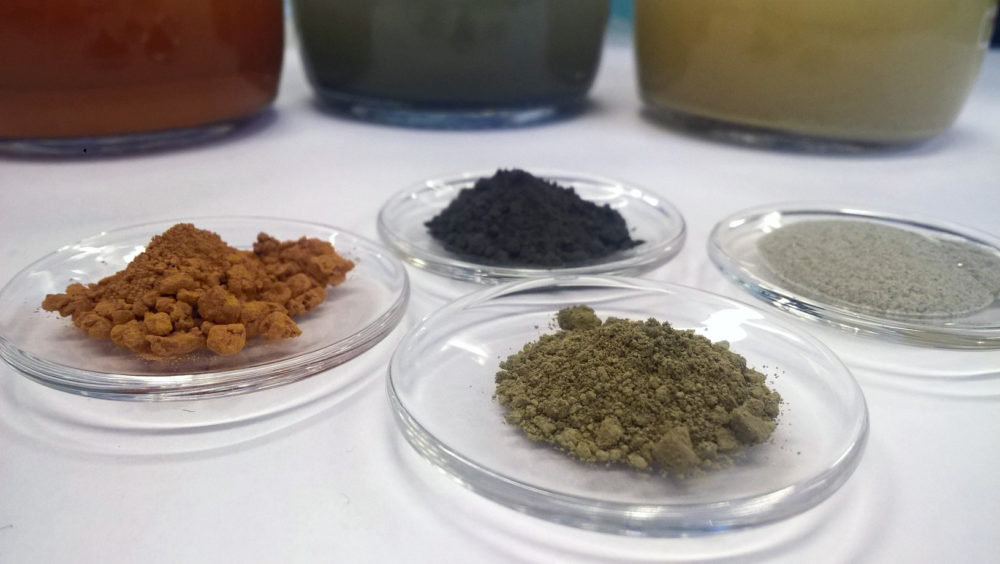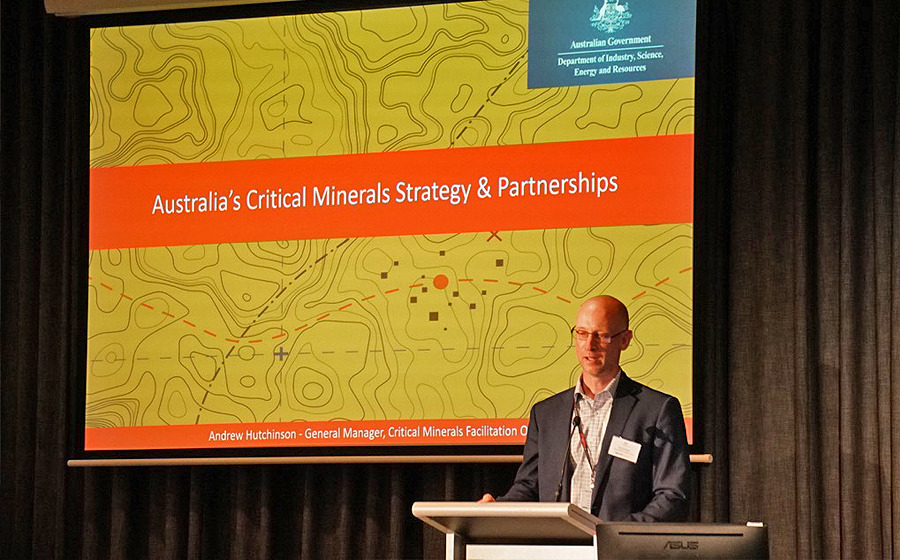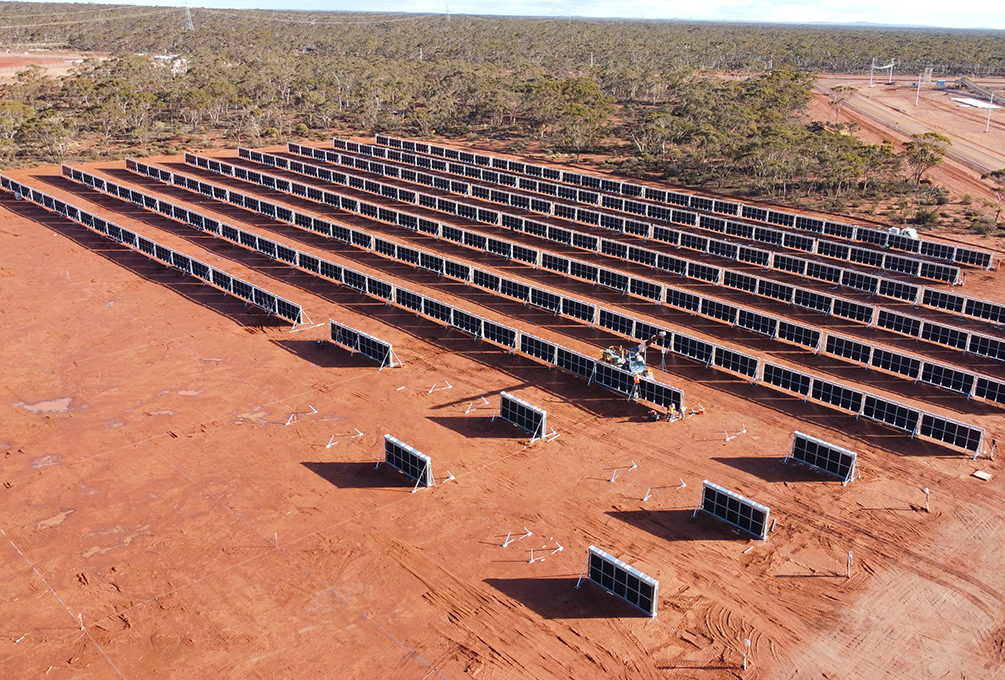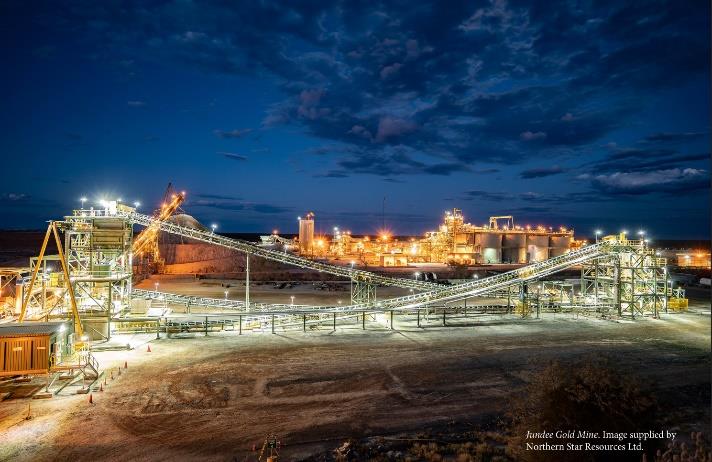
Critical and economically significant metals, such as cobalt and nickel, can be recovered profitably from metal refining wastes as well as ores with lower than usual concentrations. This was demonstrated by an EU project coordinated by the VTT Technical Research Centre of Finland, which developed new and combined existing recovery methods.
The production of batteries, wind turbines and stainless steel requires valuable metals, and European industry is dependent on their imports. For example, the imports of a major battery metal, cobalt, account for almost 100 per cent of consumption, with that number being nearly 60 per cent for nickel imports.
In the recently completed European METGROW+ project, it was found that Europe’s self-sufficiency could be increased by 10–20 per cent using just the material streams studied in the project. The developed methods can also be used to recover metals from other material streams.
Coordinator of the METGROW+ project, Päivi Kinnunen, from said the team developed and compared different methods for recovering metals from metal refining waste sludges as well as from low-grade ores i.e. ores whose metal concentrations have been considered too low for profitable recovery.
“We paid particular attention to the profitability and environmental impact of the methods,” said Kinnunen. “By developing new and combining old methods, we found new ways to increase the recovery of cobalt, nickel and zinc, among others.”
The project also looked for uses for residual material from which metals have already been recovered. Some of these side streams proved to be chemically and mechanically resistant and structurally suitable for building materials, such as concrete.
Tool helps to assess options
A total of 19 companies, research organisations and universities from nine EU countries participated in the four-year project.
The research and development work was divided between different countries according to expertise in each method and material.
The research also took into consideration local waste costs and energy sources, which strongly affect the profitability and environmental impact of the methods in each country. Regional differences were also taken into account.
The METGROW Calculator webtool produced in the project is intended to support decision-making by mine operators, mining technology developers, recyclers and politicians, among others.
The user can enter, for example, local laterite ore or jarosite from the zinc industry as a raw material and assess the options for utilising the raw material stream at local waste and energy prices.
“The potential of low-grade ores, wastes and side streams is now easier to discern as we know the kind of metal concentrations they have and which methods are suitable for recovering those metals. Even a smaller side stream from a large mine or metallurgical plant can prove to be a significant business for another company,” Kinnunen stated.
For more information on the METGROW+ project, please visit: https://metgrowplus.eu/
To view the METGROW+ tool, please visit: https://app.metgrowplus.eu/Calculator












